Technological Advancements
The rapid evolution of technology plays a pivotal role in shaping the Video Surveillance Market. Innovations such as high-definition video, cloud storage, and advanced analytics are transforming traditional surveillance systems into sophisticated security solutions. The introduction of smart cameras equipped with artificial intelligence capabilities allows for enhanced threat detection and response. Market data suggests that the adoption of these technologies is expected to increase significantly, with a projected market value reaching several billion dollars by 2026. This technological shift not only improves the effectiveness of surveillance systems but also reduces operational costs, making them more accessible to a wider range of users. As organizations seek to leverage these advancements, the demand for integrated surveillance solutions continues to rise.
Increasing Security Concerns
The rising incidence of crime and terrorism has heightened the demand for enhanced security measures, thereby driving the Video Surveillance Market. Organizations across various sectors, including retail, transportation, and public safety, are increasingly investing in surveillance systems to mitigate risks. According to recent data, the market is projected to grow at a compound annual growth rate of approximately 10% over the next five years. This growth is indicative of a broader trend where businesses prioritize safety and security, leading to a surge in the adoption of advanced video surveillance technologies. The integration of high-definition cameras and real-time monitoring capabilities further supports this trend, as stakeholders seek to protect assets and ensure the safety of personnel and customers alike.
Rising Demand for Smart Cities
The Video Surveillance Industry. As urban areas become more populated, the need for efficient management of public safety and infrastructure has become paramount. Smart city projects often incorporate advanced surveillance systems to monitor traffic, enhance public safety, and improve overall urban management. Data indicates that investments in smart city technologies, including video surveillance, are expected to reach trillions of dollars in the coming years. This trend not only drives the demand for sophisticated surveillance solutions but also encourages collaboration between technology providers and municipal authorities. As cities strive to become more intelligent and responsive, the integration of video surveillance systems will likely play a crucial role in achieving these objectives.
Regulatory Compliance and Standards
The implementation of stringent regulations regarding safety and security is a key driver for the Video Surveillance Market. Governments and regulatory bodies are increasingly mandating the use of surveillance systems in various sectors, including transportation, healthcare, and education. Compliance with these regulations often necessitates the installation of advanced video surveillance systems, which in turn fuels market growth. For instance, the requirement for public spaces to have adequate surveillance measures has led to a surge in demand for these systems. Market analysis indicates that the regulatory landscape is likely to evolve further, potentially increasing the market size as organizations strive to meet compliance standards. This trend underscores the importance of surveillance systems in maintaining safety and security across different environments.
Growth of E-commerce and Retail Security
The expansion of e-commerce has led to an increased focus on security within the retail sector, thereby propelling the Video Surveillance Market. As online shopping continues to grow, brick-and-mortar stores are investing in surveillance systems to protect against theft and ensure customer safety. Market Research Future indicates that the retail segment is one of the fastest-growing sectors for video surveillance solutions, with a projected growth rate of over 12% annually. Retailers are increasingly adopting integrated surveillance systems that combine video monitoring with analytics to enhance loss prevention strategies. This trend reflects a broader recognition of the importance of security in maintaining consumer trust and safeguarding assets, further driving the demand for advanced video surveillance technologies.
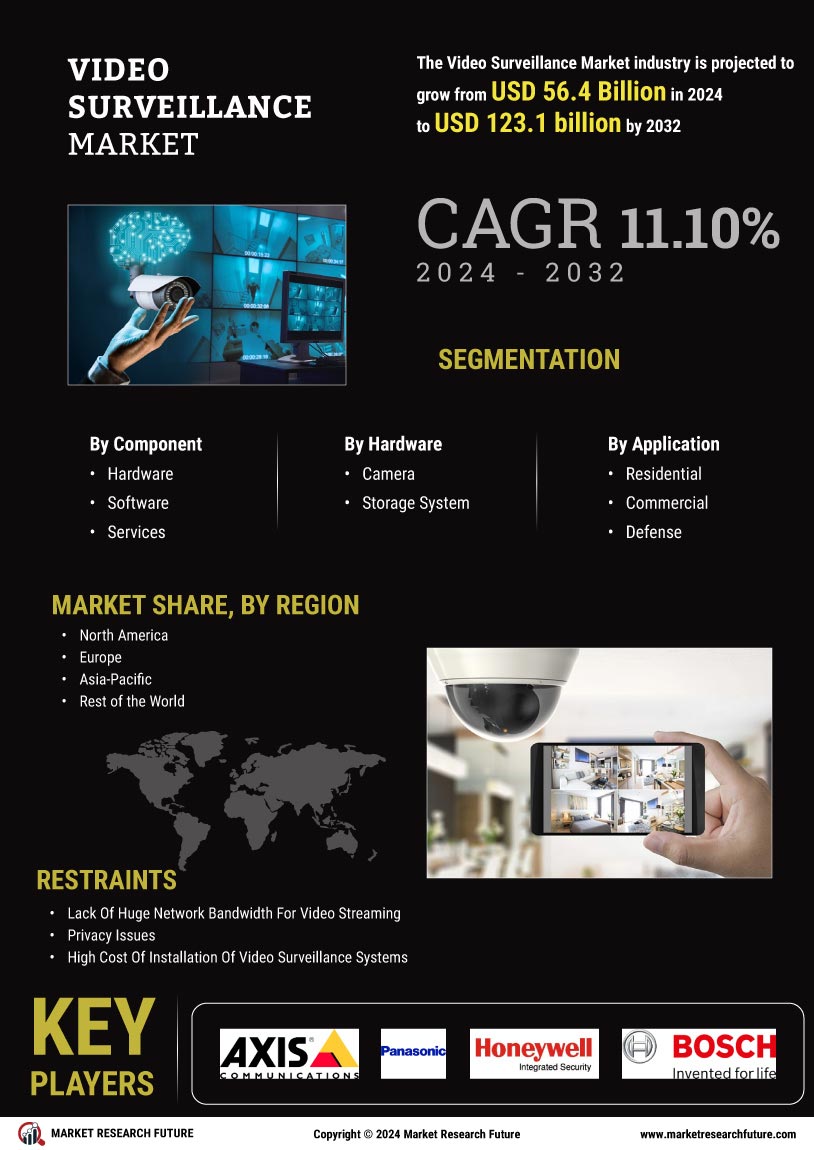

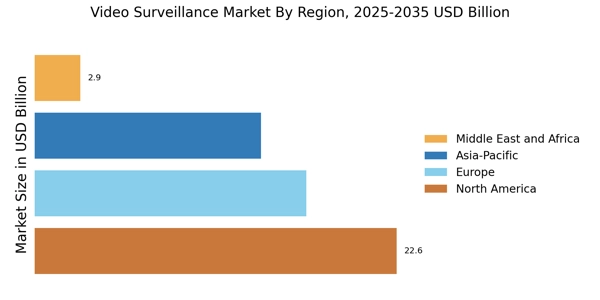
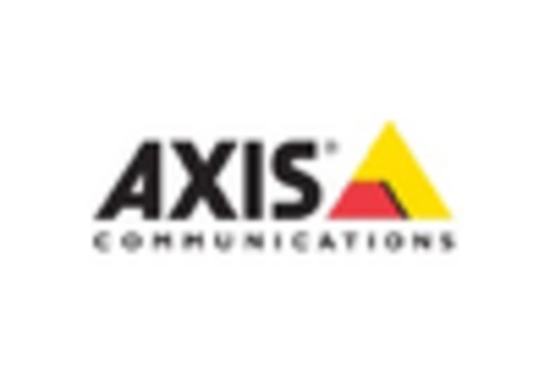

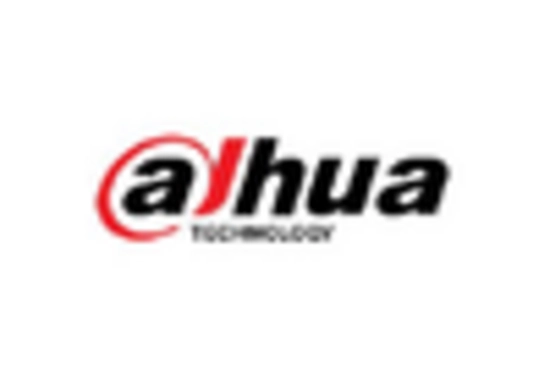
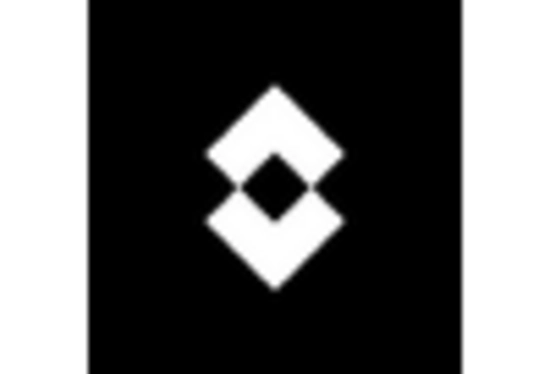










Leave a Comment